Disclosure: Please note that some links are affiliate links, and at no additional cost to you, we earn a commission if you make a purchase.
If you would like to support this website in some way, using these links will help do exactly that.
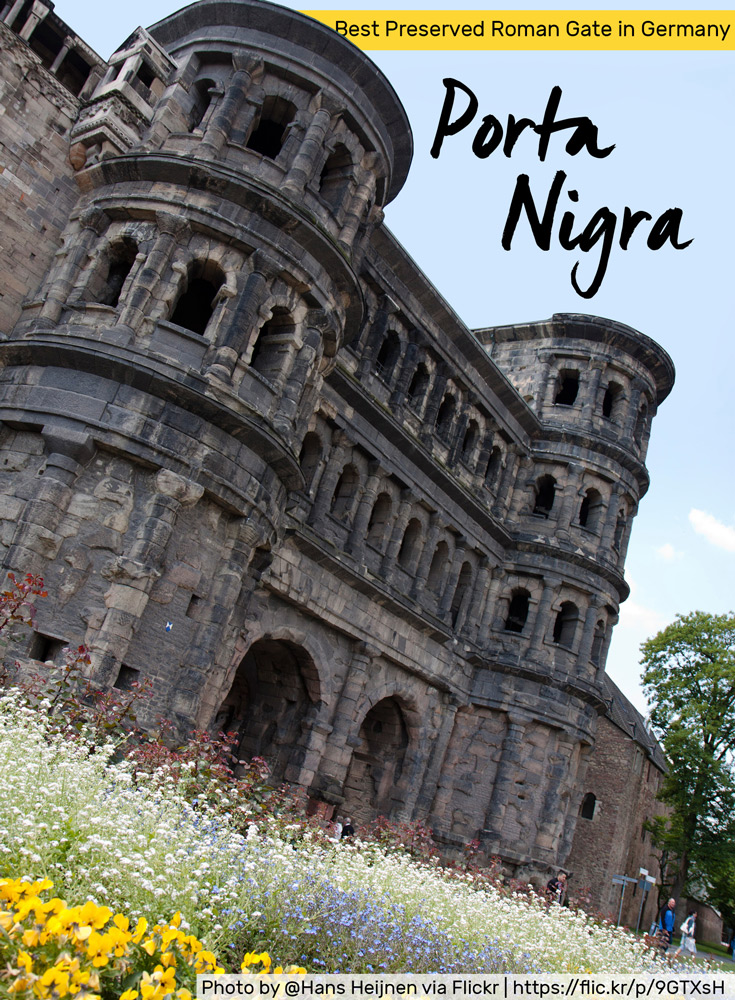
“I can’t believe we can get this close to it!” Denise exclaimed. Ever so delicately, she reaches out and puts her palm on the dark, cold stone of the Porta Nigra. “This is officially the oldest thing I’ve ever seen or touched!” Her smile lit up her whole face.
Of course it's not hard to find old things in Germany, but Trier especially has it's fair share of OLD.
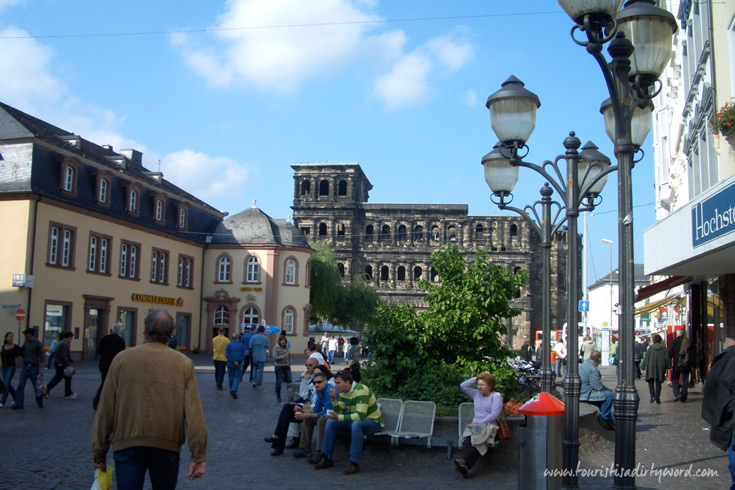
A fascinating building in the middle of Trier with an eventful history of almost 2000 years: Today we take a look at the Porta Nigra - the Black Gate, which the residents simply refer to as “Porta.” It is named for the color of its now dark gray sandstone, which originally had a pinkish red tint, but had discolored over the years and was renamed in the Middle Ages since the original Roman name had not been preserved.
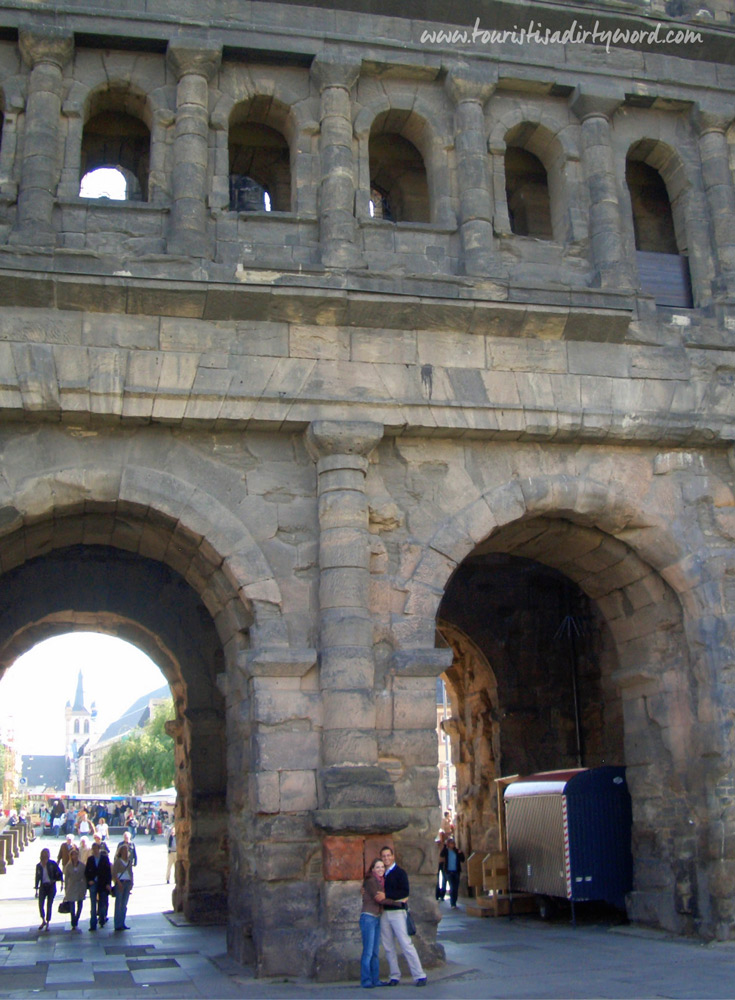
The Porta Nigra is a former Roman city gate and the best preserved in Germany. It was originally built between 186 and 200 AD with a 4-storied tower to the left and to the right of the gate. A total of about 7200 sandstone blocks were used for the construction with the largest ones weighing up to 6 tons.As one of four gates in the city of Trier, it protected the northern entrance to the city. There were also the Porta Media (Middle Gate) in the south, the Porta Alba (White Gate) in the east, and the Porta Inclyta (Famous Gate) in the west.
Only the Porta Nigra survived because the stones of the other gates were used as building materials during the middle ages, after the Romans had left Trier. However, the lead and iron braces were removed from the Porta Nigra for reuse, a damage that is still visible today.
Greek Monk Symeon
In 1028 a Greek monk named Symeon asked Poppo, the Archbishop of Trier, if he could live as a recluse in the Porta Nigra and his wish was granted. He was immured inside the Porta Nigra, living a life of poverty and chastity. Symeon of Trier passed in 1035 and was sanctified, after miracles were being reported to be happening at his tomb. Archbishop Poppo later founded a monastery at the site of Symeon's tomb called Simeonstift in his honor and you can still look over into the monastery from the Porta Nigra.
The Porta Nigra itself was transformed into a church, with the inner courtyard roofed and two intermediate ceilings inserted in the western tower. The upper floor was for the monks and the lower floor for the general public. The eastern tower was leveled, since it was not needed anymore, and an additional gate, Symeon Gate, was built adjacent to the east side of the Porta Nigra. The ground floor was closed off and an outside staircase was added in order to reach the upper floors. Almost 800 years passed without any major changes.
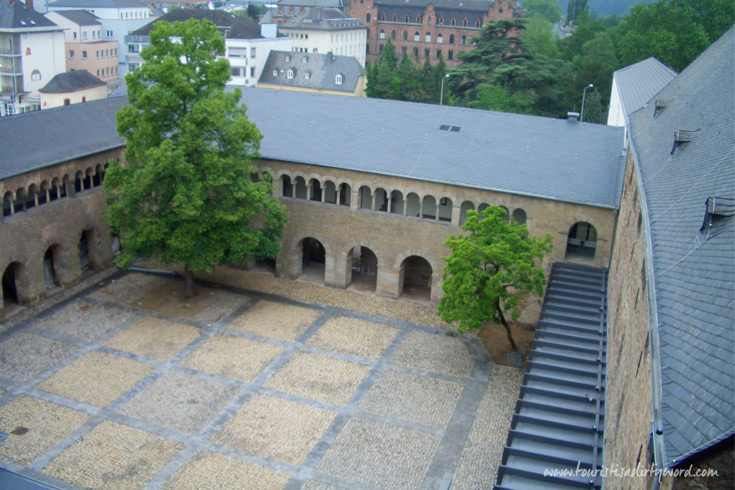
Napoleon in Trier
In 1802, Napoleon Bonaparte, the French military leader, came to Trier and dissolved the church in the Porta Nigra and also the monastery beside it. When he returned in 1804, Napoleon ordered the Porta Nigra to be converted back to its Roman form as a gate, and all church-related pieces were gutted from 1804 to 1809. Local legend has it that Napoleon originally wanted to completely tear down the Porta Nigra, but supposedly locals convinced him that the church was a Gaulish festival hall. While another version of the legend is that the people of Trier told him about the Roman origins of the gate, persuading Napoleon to convert the gate back to its original form.
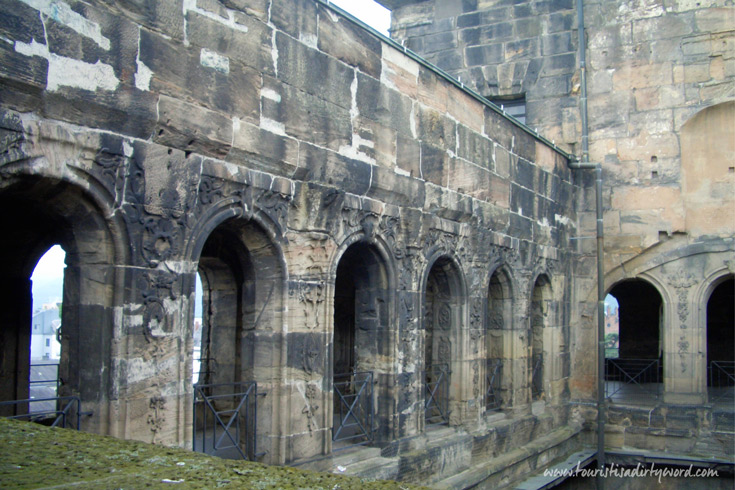
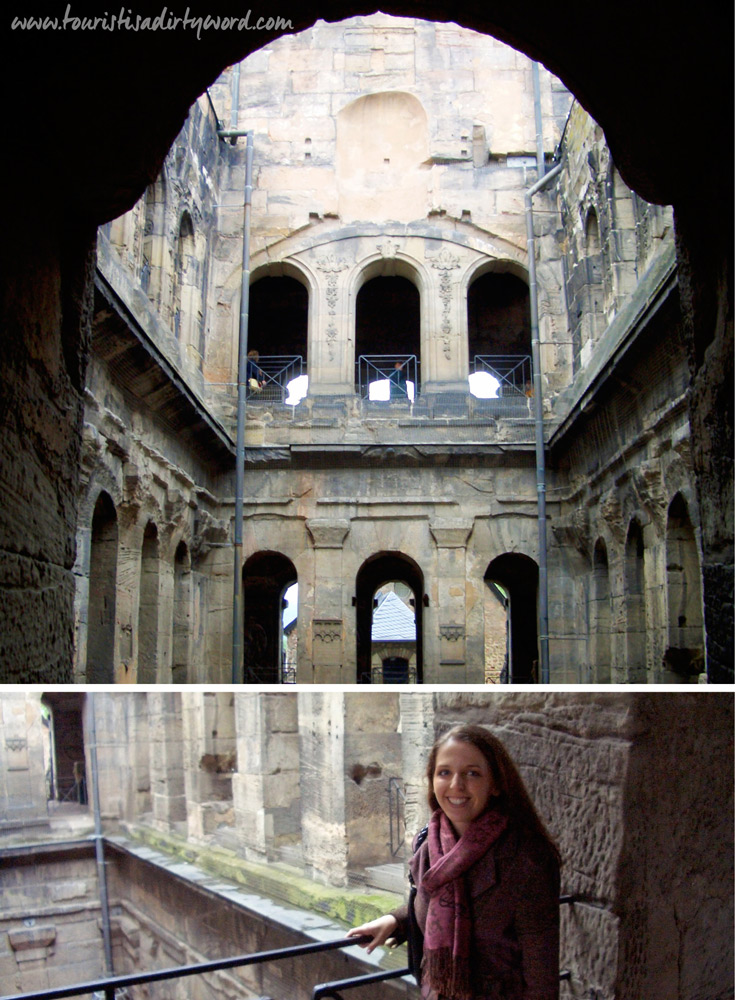
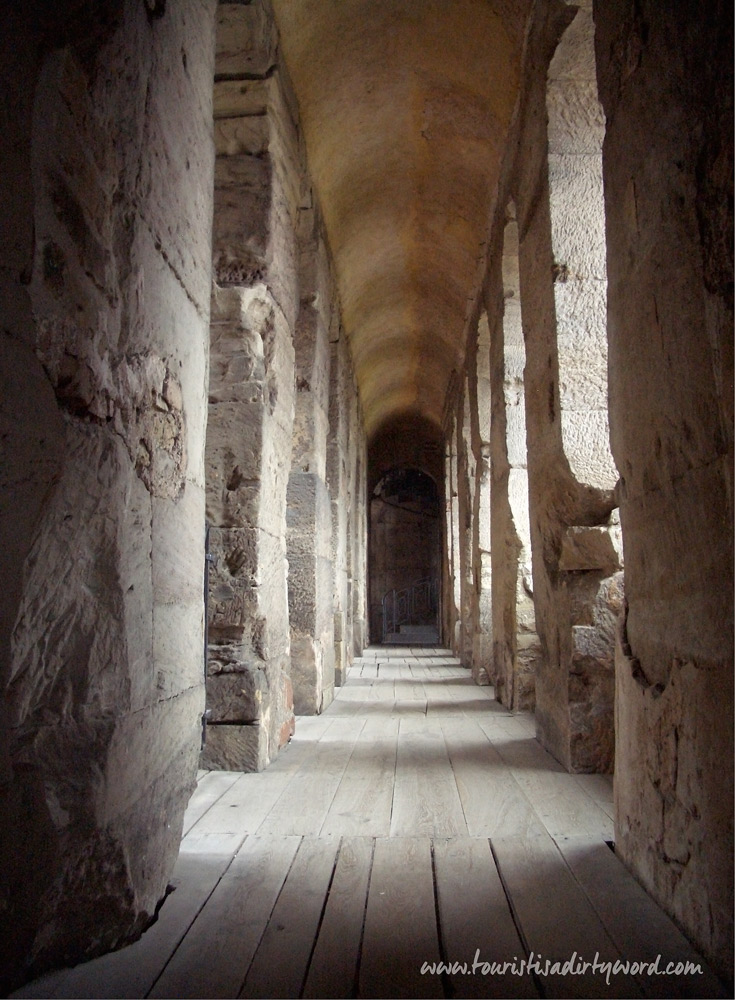
UNESCO World Heritage Site
The Porta Nigra was henceforth used as the first antiquity museum of Trier and in 1986 the Porta Nigra was designated as part of the UNESCO World Heritage Sites. To learn more about what it means to be a UNESCO World Heritage Site, be sure to check out this post. Today you can visit all levels of the Porta Nigra and if you are in Trier during the warm summer months, look for a tour guide in full Roman armor leading the guided tours.

Follow Along
If you enjoyed this article, or these topics sound interesting to you, you'll love our weekly newsletter. You'll receive a free Germany Packing list for signing up, and you'll receive each week's newest posts every Friday. Thank you for reading!

